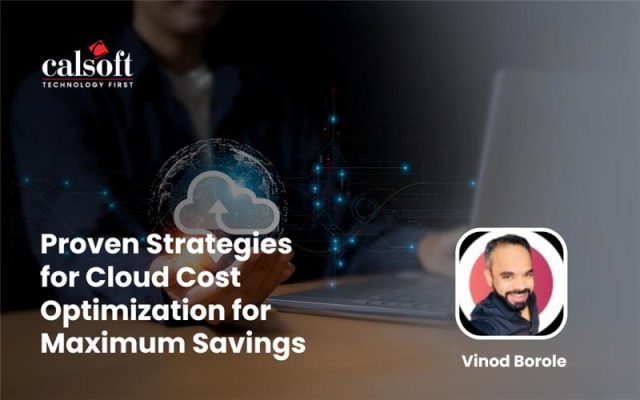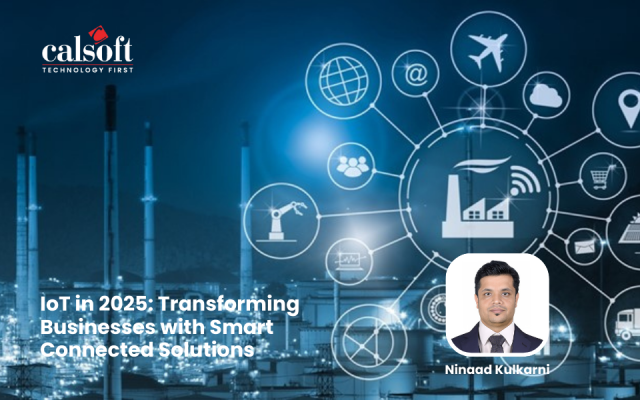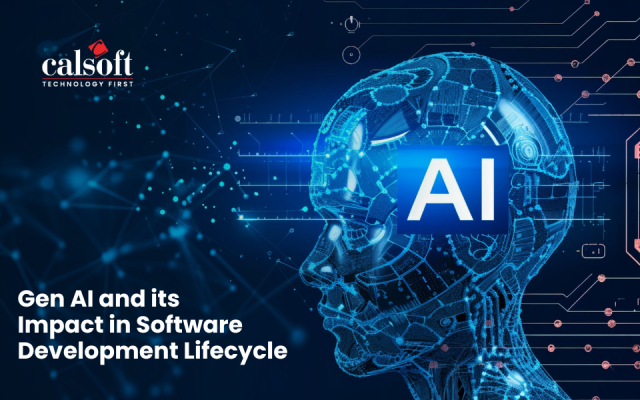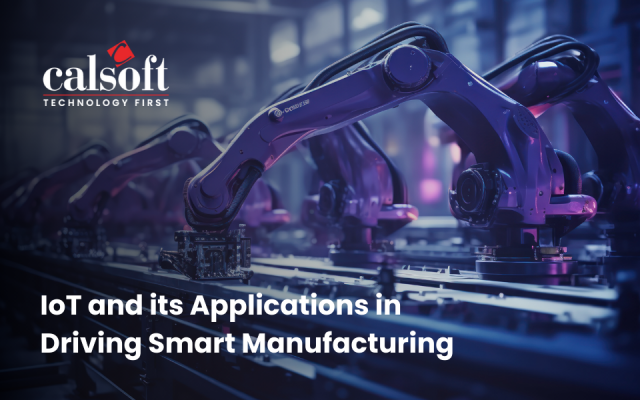Amidst the global lockdown due to COVID-19, art in every form is being celebrated and one such philosophical line by writer Terry Pratchett comes to mind: “All was black, gloomy and awful. There was no light at the end of the tunnel – or if there was, it was an oncoming train.” Even as we are struggling to understand the impact of the pandemic on businesses, can the Datacenter industry see the oncoming train at the end of the tunnel?
While in many cases this pandemic has proved to be a roadblock, it has also taught people to be flexible and adopt technologies that can keep the show going on. Let’s explore some of the domains in the Datacenter sector that have the potential to grow in this chaotic and uncertain situation.
Cloud Computing:
The pandemic has necessitated mandatory remote working for most businesses, and with that, millions are turning to the Internet. This has led to a spike in Internet usage and cloud datacenters and connectors are experiencing a humongous demand. For the same reasons, the latest Forrester and Deloitte IT spending reports are forecasting an on-going growth in demand for cloud infrastructure services and increased spending on specialized software.
Increasing WFH increases bandwidth requirements as well as the dependency on public cloud and the providers that offer such services. Hence the increased use of Internet connections has translated into an increase in the utilization of public, hybrid, and private cloud.
In the electronics manufacturing industry, the supply chains in China and Korea are starting to recover but signs show that there is a shortage of and an increase in prices for the storage and memory products, which indirectly leads to an increase in the datacenter demand, specifically for cloud platforms.
Craig Lowery, , believes that cloud can show an impeccable resilience in the current situation. He said, “In general, the move that we’ve made as an industry toward more cloud-based services with an emphasis on scalability, reliability, distribution across zones and regions—that value proposition is really shining.” About the adoption of IaaS and PaaS, he said, “The time to value is such that it would be three to nine months for IaaS and PaaS to make any meaningful acceleration to move faster or refactor an application for cloud native.”
There is no better time than this to realize how important our health is and how medical professionals are putting their lives at risk to save other people’s lives. Cloud developers can help accelerate the procedures in drug designing. This is already being leveraged by Massachusetts-based biotech company Moderna, which is using the cloud capabilities of Amazon Web Services (AWS) in association with several US government health agencies to come up with a vaccine for the coronavirus. In the past, Moderna had come up with a cancer vaccine in just 40 days with the help of AWS cloud computing expertise.
Telecommunications network:
Social media platforms like Instagram, Facebook, and WhatsApp, along with streaming platforms like Netflix and Amazon Prime have become the alternate reality for the world in this time. Many organization are turning to these platforms to keep their businesses buoyant. The Education and Manufacturing sectors are converting many offline elements to online with the help of communication equipment and telecom services. Many small and medium sized enterprises are using such networking platforms to connect to their customers and are also utilizing Android apps and Kindle to get their work done. Forrester and Deloitte have also made a strong prediction that communications equipment and telecom services used for remote work and education will experience an increase in adoption as organizations encourage workers to work from home and schools move to online courses.
The 5G technology seems to have a greater future in the long run as it enhances remote interactions, faster access to data, and automation. The characteristics of 5G, such as increased connection density, instantaneous communication, and lightning-fast speeds, have become its selling point in this crisis. Telehealth and teleconferencing are critical operations during the pandemic and the increased dependency on these two areas will help strengthen 5G adoption.
The spike in demand for virtual conferencing tools like Zoom shows how they are not just a fad but a necessity of the times we are living in. is the next big change that we are seeing across the world in this lockdown.
In fact, China has declared that after COVID-19 is subdued, it plans to build at least 500,000 5G base stations.
IoT
One of the sectors to be hit hard by the pandemic is the Supply Chain & Logistics domain. The efficiency of a supply chain is always characterized by keeping the quality constant and driving a lower cost at each and every step. China, for example, is scaling down its production and experiencing a knockdown on its supply of goods from various domains. This indicates that there is a sharp need for a more efficient, coordinated, distributed, and trackable supply of commodities across many verticals. The latest technological developments in the fields of 5G, IoT, Blockchain, and Robotics will be immensely helpful to link multiple buyers with multiple vendors across the mesh created in the supply chain. In future, the world might experience adoption of drones and self-driving cars as eCommerce will witness acceleration. Amazon and Ali Baba are predicted to be in the forefront of this race in the next decade.
Another important outcome of the pandemic is the increase in the use of smartphones to track the movement of the infected people to alert the non-infected in real time, which can help arrest the spread of the disease. These efforts and the transparency of biological impact have suggested that smart cities—if they were in operation—would have made the solutions available to us at an early stage of this virus outbreak. As the world is learning from this COVID-19 experience, governments across the globe will shift investments in favor of smart cities. Accelerated adoption of AI, IoT, Blockchain, and 5G can make cities smart and digital, with a sharp focus on the future.
AI/ML
Virtual reality (VR), mixed reality (MR), and augmented reality (AR) are gaining momentum due to the current situation. The main demand comes from the manufacturing companies as they need to train their staff continuously. Brands are seeking automated services in this crisis and looking at AI as a solution. AI can also help them to scale up their services, cut costs, and bridge gaps. Something as basic as AI chat bots is gaining popularity, especially in the Education and Customer Service domains.
At this time, when businesses and economies seem to function at the bare minimum, it’s time to restructure strategies and rethink about the opportunities present in and around the datacenter industry.
Reference:
- https://www.hindustantimes.com/tech/life-during-the-lockdown-how-smes-are-using-technology-to-serve-their-customers/story-yoOi9ixPIS1HGaFhRezwBL.html
- https://www.entrepreneur.com/article/347669
- https://economictimes.indiatimes.com/tech/software/ar-vr-and-new-age-tech-companies-report-increase-in-demand-as-covid-19-grounds-workforce/articleshow/74871031.cms?from=mdr
- https://www.forbes.com/sites/tomcoughlin/2020/03/21/will-covid-19-drive-data-center-memory-shortages/#3b5881467be7
- https://www.livemint.com/companies/start-ups/bots-in-demand-as-covid-19-hits-the-workplace-11585507011746.html
- https://www.entrepreneur.com/article/347669
- https://www.nokia.com/blog/early-effects-covid-19-lockdowns-service-provider-networks-networks-soldier/
- https://www.emarketer.com/content/the-biggest-business-impacts-of-the-coronavirus-pandemic-according-to-business-insider-intelligence
- https://www.informationweek.com/cloud/cloud-scalability-shows-its-worth-in-the-wake-of-covid-19/a/d-id/1337450
- https://www.emarketer.com/content/the-biggest-business-impacts-of-the-coronavirus-pandemic-according-to-business-insider-intelligence
- https://www.cxotoday.com/digital-enterprise/10-digital-technologies-aiding-in-the-fight-against-covid-19/






